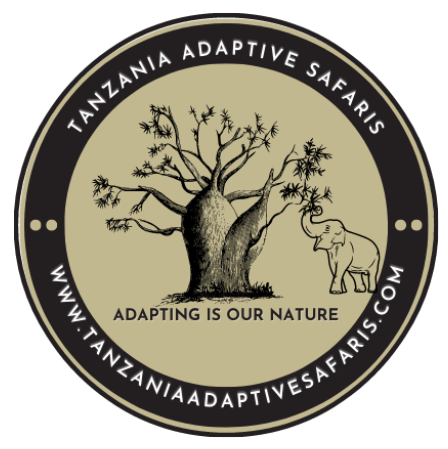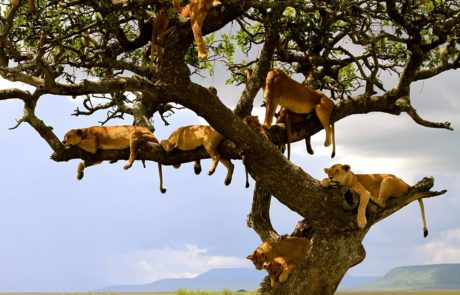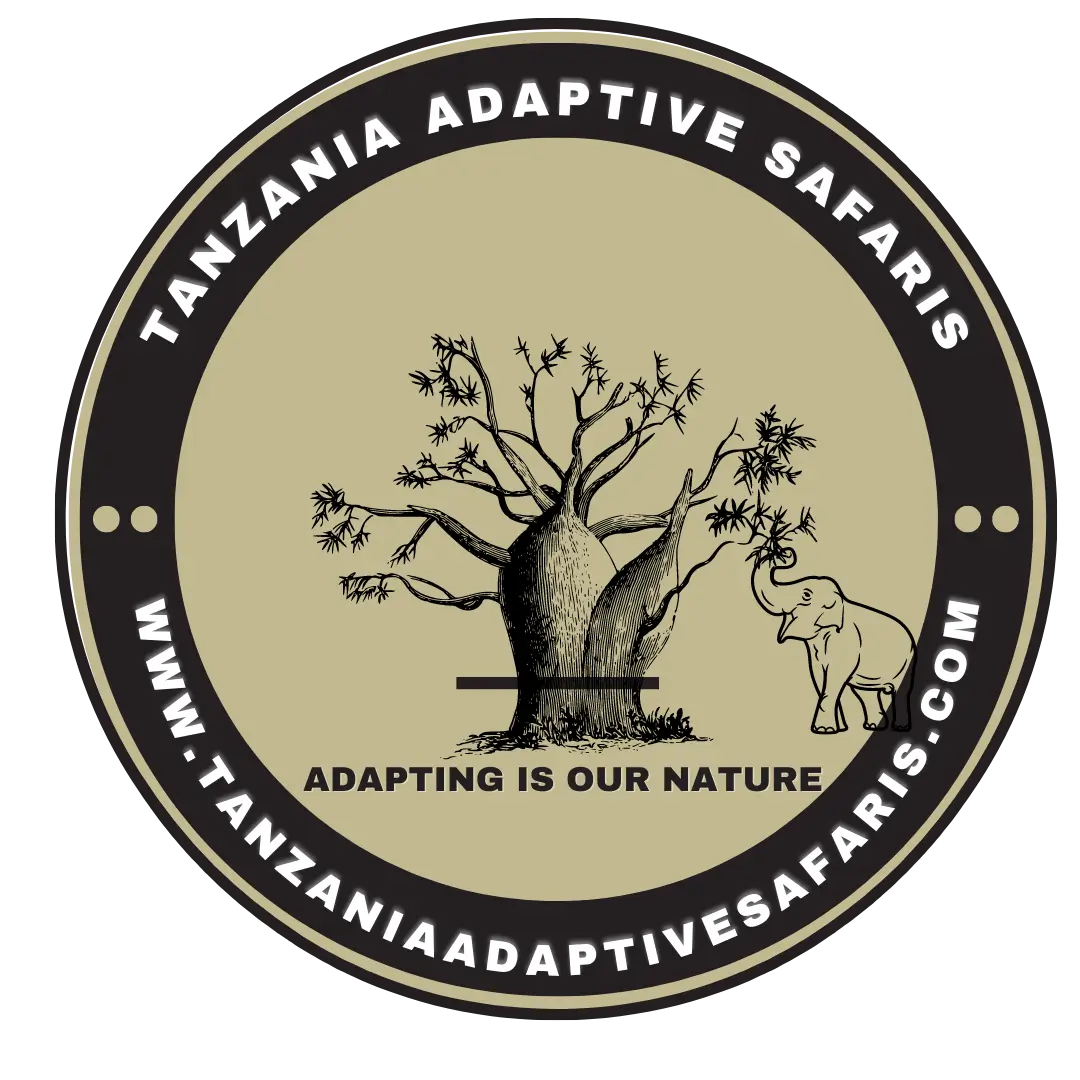LAKE MANYARA NATIONAL PARK
Lake Manyara National Park is located in northern Tanzania, between the Arusha and Manyara regions. It covers an area of approximately 330 square kilometers and is part of the wider Manyara ecosystem.
The park is named after Lake Manyara, a shallow alkaline lake that stretches along the western border of the park. The lake is home to a wide variety of bird species, including flamingos, pelicans, and herons. The park also has dense forests, open grasslands, and acacia woodlands, providing habitats for diverse animal species.
Lake Manyara National Park is known for its large population of elephants, as well as other wildlife such as giraffes, hippos, wildebeests, zebras, and buffalo. The park is also home to tree-climbing lions, a unique behavior rarely seen in other parts of Africa.
Visitors to Lake Manyara National Park can enjoy game drives, bird watching, and walking safaris. The park has several picnic sites and a few camping areas for overnight stays. There are also lodges and luxury tented camps available for those looking for more comfortable accommodation options.
The best time to visit Lake Manyara National Park is during the dry season, between June and October, when wildlife is moreconcentrated around water sources and vegetation is less dense. However, the park can be visited year-round, with the rainy season from November to May offering lush green landscapes and fewer crowds.
Lake Manyara National Park is easily accessible from Arusha, the starting point for many safaris in northern Tanzania. It can be visited as a day trip or as part of a longer itinerary that includes other nearby national parks such as Serengeti and Ngorongoro Crater.
In addition to its natural beauty and wildlife viewing opportunities, Lake Manyara National Park is also known for its cultural heritage. The park is surrounded by Maasai villages, and visitors have the chance to learn about their traditional lifestyle and customs.
Overall, Lake Manyara National Park offers a unique safari experience with its diverse landscapes, abundant wildlife, and cultural encounters. It is a popular destination for nature lovers and photography enthusiasts seeking a more intimate and off-the-beaten-path safari experience in Tanzania.






